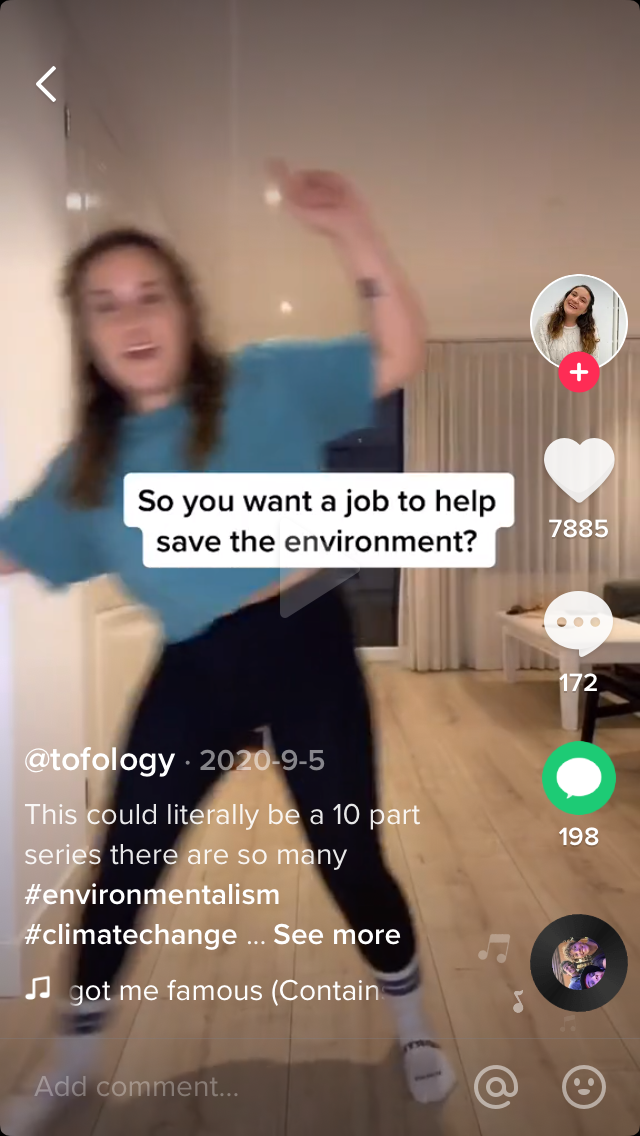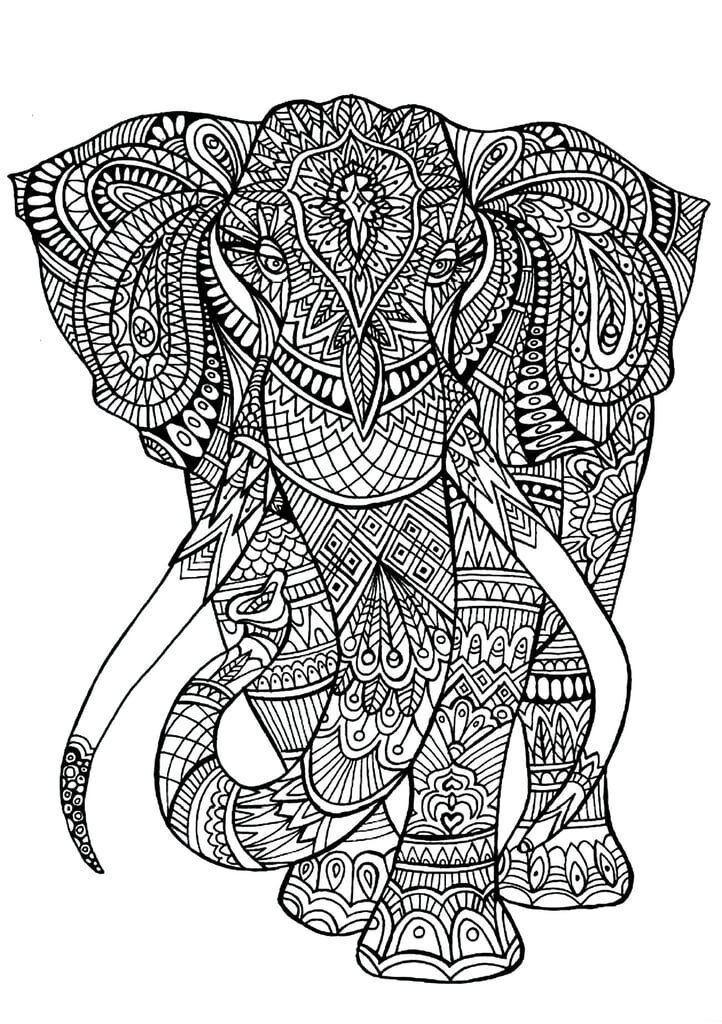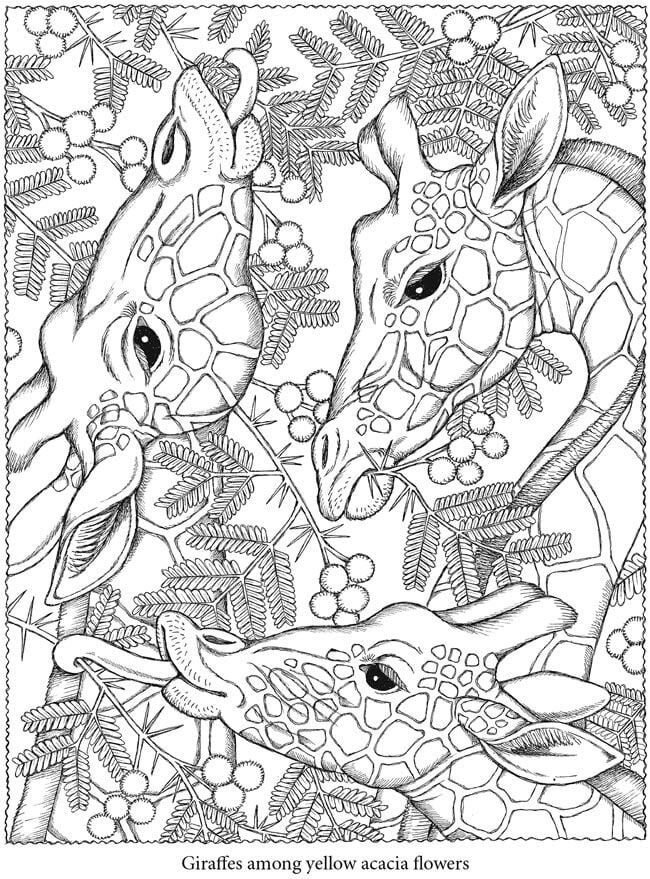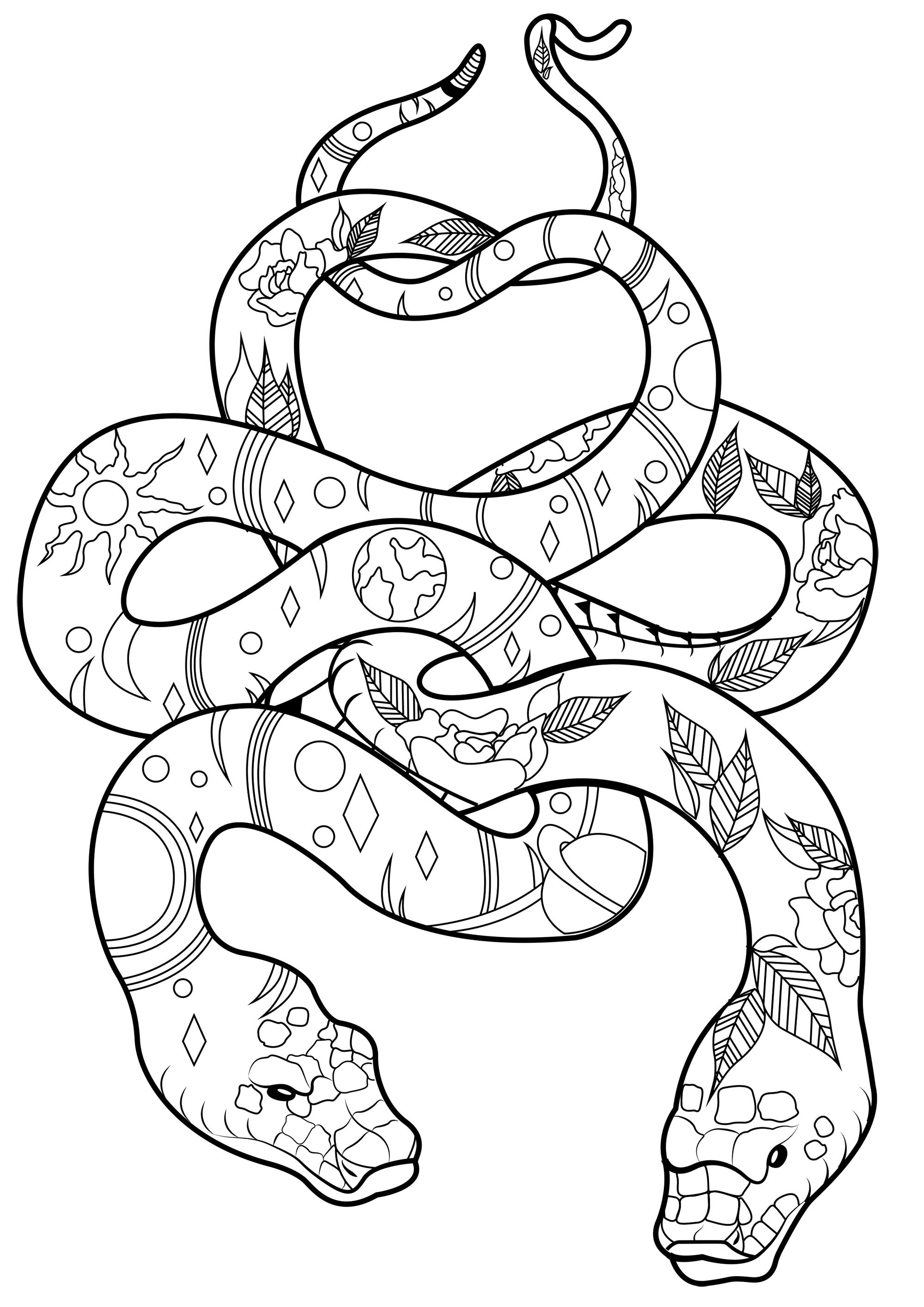
June 2021 Newsletter
Published June 1st at 10:00am PST
How cool is this aerial shot of an equestrian drill team?
However, horses in the wild running free are even more special.
Table of Contents
Organization Updates: Trademark and Fundraisers
June Astrological Events
Green Stormwater Infrastructure and Stormwater Management
Photo Gallery by EC Member Sam Townson
The Urban and the Natural World [ARCHIVE: July 2020]
Nature Lovers of TikTok
Earthians Care Scholarship Essays
Fauna Coloring Pages
Don’t Let Caring End with the Holidays
Energy Hour
UPDATES!
We first filed for a trademark in 2010 and became officially registered in 2012. Just last month in May 2021 our renewal became official! We are so excited to have this extra layer of protection to our brand as we look to the future and expanding! A huge thank you to Mitch Gagos for making this possible not once, but twice!
We currently have two fundraisers going: Earthians Care Scholarship Fund and Earthians Care Operations Fund. Click the button above for more information on each fundraiser and how funds will be used. Your support is crucial to our ability to meet our goals as an organization. Any amount helps greatly. We were so overwhelmed with the generosity of our community in our first scholarship fundraiser and want to say Thank You again!
We also now have a Venmo! You can donate through GoFundMe or Venmo. If using Venmo, please designate which fund you would like to contribute to.
JUNE ASTRONOMICAL EVENTS
ASTRO BOY
June 10: Annular Solar Eclipse; New Moon
June 21: June Solstice
June 24: Full Moon, Supermoon
Photo by Marek Okon.
What is an annular solar eclipse? It’s when the moon does not block the entire sun, leaving a ring of light around the dark moon.
Okon recounts:
“This is our star being eclipsed by our moon during an annular eclipse. I viewed this in Tokyo during the early hours of May 20th, 2012. I still remember the anticipation in everyone's faces due to the fact that the clouds would not open the sky to us but also because the light around us began to dim and we knew our window of opportunity to see the eclipse was fading. It was only in the last 10 or so minutes did the clouds thin out and leave a very translucent layer for the sun to be able to shine its light through for us to see a massive ring appear above us.”
GREEN STORMWATER INFRASTRUCTURE AND STORMWATER MANAGEMENT
CRYSTAL CLEAR
By Abrar Hasanat
A relatively new term in the world of infrastructures and climatic issue management is the Green Stormwater Infrastructure. Even though the term first originated back in the 1980s, it wasn’t until the late 1990s that scientists really looked into the idea. A mission started to change the older system which was in place and turn that into something better.(1) This upgraded and more efficient system that replaced the previous one is none other than the Green Stormwater Infrastructure which we’ll be discussing today!
According to PennFuture:
“Green Stormwater Infrastructure (GSI) is a nature-based solution to water quality issues that urban stormwater runoff causes and provides greater benefits than conventional (or “Gray”) stormwater solutions…GSI is defined as soil-water-plant systems that intercept stormwater, infiltrate a portion of it into the ground, evaporate a portion of it into the air, and in some cases release a portion of it slowly back into the sewer system”.(2)
Types of GSI:
Urban Forests: Urban forests are forests located in cities. They are an important component of urban green infrastructure systems. Urban forests use appropriate tree and vegetation species, instead of noxious and invasive kinds, which reduce the need for maintenance and irrigation. In addition, native species also provide aesthetic value while reducing cost.(3)
Green and blue roofs: Green-blue roofs improve air and water quality while reducing energy costs. The blue-green roof combines blue and green roof technologies. Conventional green roofs conventional use a drainage layer to provide lateral drainage and irrigation. Blue roof technology, however, aims to increase both the volume of water stored and control the amount of water released. The plants and soil provide more green space and insulation on roofs. Green and blue roofs also help reducing city runoff by retaining rainfall providing a solution for stormwater management in highly concentrated urban areas. Blue roofs, not technically being green infrastructure, collect and store rainfall, reducing the inrush of runoff water into sewer systems.(4)
Rain Gardens: Rain gardens are a form of stormwater management using water capture. Rain gardens are shallow depressed areas in the landscape, planted with shrubs and plants that are used to collect rainwater from roofs or pavement and allows for the stormwater to slowly infiltrate into the ground.(5)
Downspout disconnection: Downspout disconnection is a form of green infrastructure that separates roof downspouts from the sewer system and redirects roof water runoff into permeable surfaces. It can be used for storing stormwater or allowing the water to penetrate the ground. Downspout disconnection is especially beneficial in cities with combined sewer systems.(6)
GSI is a cost-effective approach to managing wet weather impacts that provides many community benefits. Stormwater runoff in urban areas causes water pollution by clogging the drainage systems, carry debris and trash, spreads bacterias, etc. Keeping these in mind, the GSI was designed to move urban stormwater away from the built environment, since it reduces and treats stormwater at its source while delivering environmental, social, and economic benefits.(7)
Benefits of GSI: (8)
Environmental:
Habitat and Biodiversity. Green streetscapes enhance urban biodiversity as native species provide habitats for birds, insects, and other species.
Water Quality. Green infrastructure improves stormwater quality by reducing the load of sediment, unwanted minerals, and other contaminants that are carried with runoff from impermeable surfaces.
Natural Hydrology. Where local soils are suitable, rain gardens are used to treat stormwater before it permeates the groundwater.
Passive Irrigation. Directing stormwater to irrigate the farmland reduces the need for manual watering and increases soil moisture.
Social:
Amenity and Landscape Design. Landscape design contributes to a city’s character and identity. Planting complements the built environment, softens the appearance of hard surfaces, and provides a visual screen.
Urban Cooling. Trees and green infrastructure provide significant reductions in urban temperatures. Large trees with good soil moisture can reduce local temperatures through shading and evapotranspiration.
Encourage Outdoor Activity. Green cover encourages outdoor activity, including walking, cycling, and other recreation.
Air Quality. Vegetation improves air quality and reduces greenhouse gases. Trees remove carbon dioxide, nitrous oxides, sulfur dioxide, carbon monoxide, and ozone from the atmosphere.
Economic:
Energy. By reducing local temperatures and shading building surfaces, green infrastructure reduces the cooling demand of buildings, thus cutting energy needs.
The lifespan of Infrastructure. Green infrastructure complements grey infrastructure (Grey infrastructure refers to the human-engineered infrastructure for water resources such as water and wastewater treatment plants, pipelines, and reservoirs) such as catch basins and drainage pipes and lengthens the lifespan of grey infrastructure.
Water Systems. The impacts on drainage systems and the cost of managing erosion in waterways can be significant. Streets with green infrastructure slow the rate of runoff, reducing the pressure on these systems and lowering maintenance costs.
Property Values and Marketability. Street trees and green infrastructure enhance aesthetic qualities and provide a significant neighborhood amenity. Properties on tree-lined streets are valued at up to 30% more than those on streets without trees.
One might ask, is it more expensive to use greener interventions than the traditional ones? Well, no. Directly comparing the maintenance costs of stormwater infrastructure by unit area of green infrastructure, vegetated systems (the older traditional methods) generally are more expensive to maintain than subsurface and non-vegetated systems (green infrastructures). Addressing stormwater runoff and other water-related challenges is getting insanely expensive, which is why cost-effective green interventions are on the rise.(9)
So why aren’t these still massively used? The main reason is overcoming the barriers which have been set for a long time. Some of these barriers include: (7)
The perception that performance is unknown
The perception of higher costs
The perception of resistance within Regulatory Community
Perception of Conflict with Principles of Smart Growth
Unfamiliarity with Maintenance Requirements and Costs
Lack of Government Staff Capacity and Resources
Skepticism about Long-Term Performance
We can provide the solutions right now but that will make the article much larger than it should be. So perhaps let’s keep it for a later day!
So, at the very end, I’ll say - the Green Stormwater Infrastructure is actually very important for the future if we really want to work for a better and cleaner environment. Municipal and community leaders are beginning to understand that green infrastructure can deliver numerous economic and environmental benefits—as well as helping to correct age-old planning policies that create social divisions. That means more parks, open space, and other amenities, for instance, can be built in formerly neglected neighborhoods, boosting the health and well-being of everyone.
There are plenty of ways green infrastructure can be used on a smaller scale as well, including in our own homes. Simple strategies range from the use of disconnected downspouts and porous surfaces for outdoor spaces to the planting of native gardens. Modernizing regulations at the national, state and local levels is a crucial step for driving the use of green infrastructure.
Works Cited:
“Controlling Urban Runoff.” Metropolitan Washington Council of Governments. Metropolitan Washington Council of Governments, July 1, 1987. https://www.mwcog.org/documents/1987/07/01/controlling-urban-runoff-bmp-stormwater/.
“What Is Green Stormwater Infrastructure?” PennFuture. Accessed May 31, 2021. https://www.pennfuture.org/what-is-green-stormwater-infrastructure.
“Professional Practice: Green Infrastructure: Cities.” American Society of Landscape Architects. Accessed May 31, 2021. https://www.asla.org/ContentDetail.aspx?id=43535.
Shafique, Muhammad, and Reeho Kim. “Retrofitting the Low Impact Development Practices into Developed Urban Areas Including Barriers and Potential Solution.” De Gruyter. De Gruyter Open, June 20, 2017. https://www.degruyter.com/document/doi/10.1515/geo-2017-0020/html.
“Green Infrastructure: Rain Gardens.” The Watershed Institute, June 11, 2019. https://thewatershed.org/green-infrastructure-rain-gardens/.
“Downspout Disconnection.” MMSD. Accessed May 31, 2021. https://www.mmsd.com/what-you-can-do/downspout-disconnection.
“Benefits of Green Infrastructure.” United States Environmental Protection Agency. Environmental Protection Agency. Accessed May 31, 2021. https://www.epa.gov/green-infrastructure/benefits-green-infrastructure#:~:text=Green%20infrastructure%20also%20treats%20stormwater,slowing%20and%20reducing%20stormwater%20discharges.
“Benefits of Green Infrastructure.” Global Designing Cities Initiative. Accessed May 31, 2021. https://globaldesigningcities.org/publication/global-street-design-guide/utilities-and-infrastructure/green-infrastructure-stormwater-management/benefits-green-infrastructure/.
“As Costs Rise, Green Infrastructure Looks Better And Better.” Ecosystem Marketplace, May 31, 2017. https://www.ecosystemmarketplace.com/articles/as-costs-rise-green-infrastructure-looks-better-and-better/.
PHOTO GALLERY
MR. GREEN
By Sam Townson
All photos were taken by our E.C. member, Sam. This is a selection of some of his favorite photos. His work will be taking over our instagram throughout the month so make sure to keep your eye out for these and maybe even some surprises!
Photos of Nepal were taken on a Pentax K50 DSLR camera.
All other photos were taken on a Huawei P20 Pro cell-phone with some Instagram or Snapseed edits.
July 2017 - Muktinath, Nepal - A break from the trek
July 2017 - Pokhara, Nepal - A view from the roof tops
August 2020 - Ben Nevis North Face, Scotland - Ascending into the clouds
July 2017 - Ghasa, Nepal - Brushing your teeth with a view
August 2020 - Loch Slapin, Isle of Skye, Scotland - Wildcamping on the waterfront
August 2020 - Loch an Eilein, Scotland - Castle Island
August 2020 - Fairy Pools, Isle of Skye, Scotland - Wild swimming location
August 2020 - Fairy Glen, Scotland - A magical location
December 2020 - Bradford England - View from home on Christmas Day
September 2019 - Faxi, Iceland - A hidden gem away from the beaten track
September 2019 - Thingvellir, Iceland - Mirror pools in the tectonic national park
September 2019 - Gullfoss, Iceland - On the beaten track but cannot be missed
September 2019 - Skogafoss, Iceland - Caught in a shower
September 2019 - Diamond Beach, Iceland - Ice surfing
September 2019 - Diamond Beach, Iceland - An ice diamond on the black beach
THE URBAN AND THE NATURAL WORLD
By Sam Townson
Editor’s Note: This article was selected from the archives because we felt it added to the conversation of GSIs in Abrar’s article. Do you think utilizing GSIs could assist in the reconciling the disconnect between humans living in urban areas? Also check out “The Impact of the Declining Nature on our Mental Well-being” by Abrar in our February newsletter.
ARCHIVE
[JULY 2020]
It has become clear that where we live impacts the way we think, work and live, as well as our physical and mental health.(1) Today 55% of the global population lives in built-up areas such as towns and cities like London or New York; these are known as urban areas.(2) This number is expected to rise to 66% by 2050.(3) As a result our planet has often been described as deeply urbanised and as a result we are disconnected from the natural world; a disconnect that is only going to grow.
This deep disconnect could be having detrimental impacts for our planet! It is becoming increasingly clear globally that the climate crisis is real and happening now as weather patterns are changing and ‘natural’ disasters such as hurricanes are becoming more intense and damaging.(4) We are hearing calls from all corners of the public and scientific community that we need to change; we need to live more sustainably. However, the chasm between urban and nature could be acting as a barrier to many people in the developed, urbanised world from behaving in a more sustainable manner. Could you be one of these people?
Our urban lives are based largely on unsustainable extraction and consumption as everything - from the food we eat to the water and energy we use to the clothes we wear - is taken from the natural world. However, we are largely unaware of this due to the urban and nature disconnection. Due to the ease of accessing many of the things we use in our everyday lives we do not have to think about the resources and energy that go into producing and delivering them. We are not farming the food we eat or harvesting the cotton for the clothes we wear (and throwaway). When we go to the supermarket I am sure we are almost all guilty of buying the food we need without even thinking about where it comes from. We don’t think about the resources it has taken to grow or produce the food stuffs or where they have been transported from. For example, when picking up sugar snap peas in the UK supermarket we are choosing an item that has travelled 5,457 miles from farm to plate and released more than 4,500g of greenhouse gas. Furthermore, a selection of 20 fresh foods from a major UK supermarket had travelled a total of 100,943 miles to reach our kitchen.(5) We are not aware of the impact our urban lifestyles are having on the nature world.
Our urban lifestyle and disconnection from the natural world around us is leading us to not behave sustainably. We are pushing our planet into crisis. We are pushing our civilisation into a climate we have never inhabited before.(6) We are going into the unknown and many are not even realising.
So, what can we do? As an individual there are loads of things we can do, and they are all super interesting (in my opinion anyway). We need to reconnect with the natural world, whether this be going out into a local park, visiting a nature reserve or doing something fun like growing your own veg. We can start to respect the natural world again as we recognise its beauty, power and fragility. We can educate ourselves. Learn about how your food is produced; ask yourself what resources are needed, where does it come from, who is growing it, what does this mean for the planet and society? There are a plethora of articles, websites and social media pages out there, as well as food packaging often telling us where our food comes from. Think about your water use and how you can reduce how much you and your home uses reducing pressure on the natural world.
There is so much we can learn and do to reconnect ourselves with the natural world. It is by reconnecting with the natural world that we can come to see the damage we are doing to it and understand the impact of our lifestyles. Don’t let where you live prevent you from being sustainable!
The urban and the natural world are not disconnected.
Humans are creating the disconnection.
Below are links to some interesting and educational sources to learn more!
Free resources for teaching young people aged 3-16 years about where food comes from, cooking and healthy eating.
20 Activities for Kids to Learn About Sustainability
45+ Ways to Conserve Water in the Home and Yard
5 Reasons We Need to Reconnect with Nature
Works Cited:
1. National Research Council, Understanding the Changing Planet: Strategic Directions for the Geographical Science (2010), Chapter 6: How Does Where People Live Affect Their Health? Washington DC: The National Academies Press.
2. Urban Population (% of total population), The World Bank. Accessed 23 June 2020. https://data.worldbank.org/indicator/SP.URB.TOTL.IN.ZS
3. Urban Threats, National Geographic. Accessed 23 June 2020 https://www.nationalgeographic.com/environment/habitats/urban-threats/
4. Hurricanes and Climate Change, Centre for Climate and Energy Solutions. Accessed 23 June 2020 https://www.c2es.org/content/hurricanes-and-climate-change/
5. Lewis, R., Lawrence, F. and Jones A. Miles and miles and miles, The Guardian. Accessed 23 June 2020. https://www.theguardian.com/lifeandstyle/2003/may/10/foodanddrink.shopping6
6. Wallace-Wells, D. The Uninhabitable Earth: A Story of the Future. London: Penguin Books.
NATURE LOVERS OF TIKTOK
CULTURE RADAR
Click on the photo to be taken to the video on the TikTok website or app!
We want more earth-loving tiktoks, so send us your favorites!
Earthians Care Spring 2021 Scholarship
We were honored to award our first Earthians Care Scholarships this April to our members Preston Brunk and Abrar Hasanat. This scholarship would not have been possible without the generous contributions of our community. To us, this generosity shows support and belief in our mission and that is the greatest gift we could receive as an organization. As far as for our recipients, this is directly helping them with their college education.
Below are the essays they submitted as part of the application. We asked for applicants to reflect on their inspiration/passion in life, how they see that guiding their future, and how Earthians Care ties into that journey.
PRESTON BRUNK
Growing up on a ranch just north of the town of Oakdale that most of us writers are familiar with, I was very fortunate for the things I got to experience. We had various types of animals like cats, dogs, goats, rabbits, chickens, a cow and a pig as well as three ponds that held fish and other aquatic species like frogs and sometimes reptiles like Garter snakes and rattlesnakes. I grew up hunting and fishing all over California and was very lucky to go to some places that most people will never know even existed. As I got older, I witnessed the change of the landscape from rolling green hills that held water throughout much of the winter and into the spring to the rolling hills of almond and walnut orchards. This change of scenery really struck something within that made me want to do better for the ecosystems that we occupy and alter every day.
I never really thought about what I wanted to do with my life until I was in my junior year of high school and the conversations of applying to colleges and picking majors started to become more rampant. During that time I was hunting and fishing as much as possible with my dad and friends and thought about obtaining a degree in science. Both of my cousins were attending Chico State during the time so I thought I would go for a visit just to check things out. Chico was great but I was not sure about attending a CSU right away, my grades were not the best and I was lacking some confidence. My cousin decided to take me to check out Butte College which was located just south of Chico about ten minutes and it just so happened to have a great Natural Resource Management program that offered many different certifications as well. I instantly became very interested in the college and ended up attending Butte right after high school. I learned so much in my couple years there and had the opportunity to have a hands on learning experience while making some great friends and connections that I will have for life. During my time at Butte I became more fascinated with wetland and riparian restoration and ironically, I enjoy spending most of my time in the wetlands hunting and riparian areas fishing. I knew from that point that I wanted to pursue a career in habitat restoration and wildlife management.
I finished my degree at Butte College and moved onto CSU Chico with a declared major in Environmental Science with an emphasis in Applied Ecology. I really enjoyed all of my classes and learned alot about environmental sociology and why things are the way they are today, different energy alternatives and why they can and cannot work, why people think the way they do and their responses to the environments that they occupy. This class was very communicative and allowed for different perspectives to be viewed without the fear of being shut down or ridiculed. It was a very friendly and informative class that gave everyone the chance to provide their point and give a rebuttal. I soon became interested in speaking to more people about controversial topics while keeping it civil and informative so we both had the chance to learn something from one another. Some were very short and ill tempered and would think only their perspective was valid but most were very cooperating and willing to learn. About this time, I saw that Quinn was posting about Earthians Care and I thought “Oh that's cool, I consider myself an Earthian and I care about the Earth so why not?”. I was never big on writing let alone writing essays for class until I was able to write about something that interested me and gave me a chance to learn something new.
Writing for Earthians Care has provided me with the chance to inform people on some topics that do not really get the chance to be talked about. For instance, my article about the wild cat populations and their impact on native wildlife populations. Nobody talks about that but they should. Cats are cuddly feline animals that definitely have a place in this world, but unfortunately that's not out in the wild.
Seeing the once rolling green hills that held many different species of waterfowl and other migratory birds change to non diverse monoculture made me want to inform people about what those land changes are faced with. The pollution of our drinking water due to over fertilization, the lack of biodiversity which ultimately leads to poorer soil and water quality, the increased amounts of runoff that take away from water table recharge, the list goes on and on. I hope I am able to reach out to people throughout the world and educate them on things like sustainability awareness as well as living clean and healthier lives, which in turn give back to mother nature, healing the ecosystems that need our attention.
ABRAR HASANAT
I’ve always been a nature-loving person. I’m also just starting out as a social activist and environmentalist by attending several events and awareness programs. Since I was in 3rd grade, it was a dream of mine to help mother nature by any means possible, and have been trying to do just that ever since. However, as I grew older, I faced the harsh reality of life and saw that most of the people, especially in my country, are living in the dark regarding all the environmental threats we are facing.
Moreover, in most cases, environmental activism is frowned upon here and thus the mainstream media also seems to be reluctant about posting or spreading any sort of awareness. As a result, there’s only a little amount of reliable or authentic news source available. That’s where Earthains Care comes. It provides me with a platform, with a media of spreading awareness which I didn’t have earlier.
I’m also quite passionate about writing since my birth. It actually runs in my blood with my father being a writer and a professor. So the blog based awareness methods followed by Earthians Care fits perfectly with my expertise. It also helped me on my journey to actually improve my writing as well as communication qualities so there’s that.
One of the main aims in my life is surely working for the betterment of the environment and building a better world for the generations to come. And I believe that Earthians Care is the best “first step” for me in this venture. Moreover, interacting with people who are actually passionate about this noble cause, working with them, and getting their points of view played a huge role in making me much more determined for the same.
In a nutshell, joining Earthians Care has been actually one of the best decisions made by me without any doubt.
FAUNA COLORING PAGES
CRITTER CORNER
Click and download your favorite coloring pages! Coloring is a great way to destress either by yourself or with friends and family. So grab your markers, crayons, or colored pencils! Or maybe your good with technology and can color them in on your screen! Although, personally, we encourage a break from looking at a screen [after reading our whole newsletter of course ;) ].
DON’T LET CARING END WITH THE HOLIDAYS
“This time of year marks a critical time for food banks and pantries, experts say: Donations begin to drop off in April, but demand unfortunately doesn’t. “Giving is extremely strong during the holidays and can decline during spring and summer, the time when we most need the support,” said Kay Carter, CEO of Second Harvest Food Bank of Metrolina, based in Charlotte, North Carolina.
Increasing donations and awareness in the spring and summer months means providing much-needed aid to the 15.6 million U.S. households that suffer from food insecurity, according to 2016 data (the most recent available) from the U.S. Department of Agriculture’s Economic Research Service.”
-Lauren Phillips, Real Simple
CULTURE RADAR
ENERGY GIRL
ENERGY HOUR
Tuesdays from 7pm-8pm
Turn off all energy-using lights, appliances, and heating/cooling systems!
If you're wondering what to do without TV or a laptop charger here's some ideas!
-Color, Arts and Crafts
-Puzzles: jigsaw, crosswords
-Board Games
-Clean
-Talk to your housemates!




































